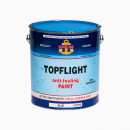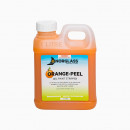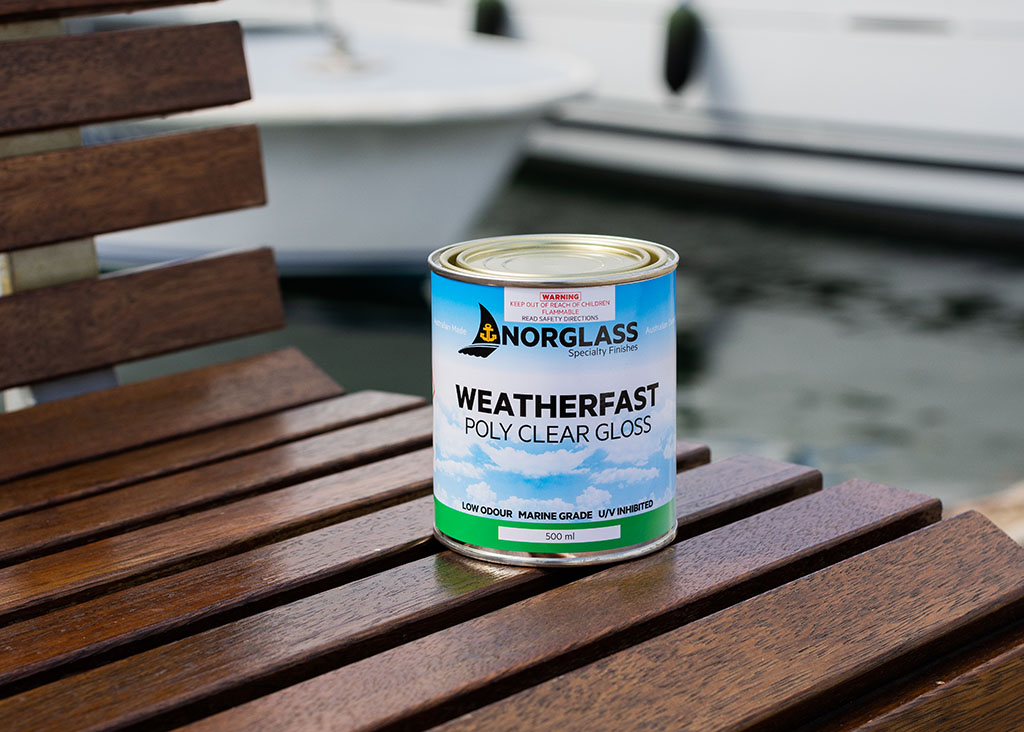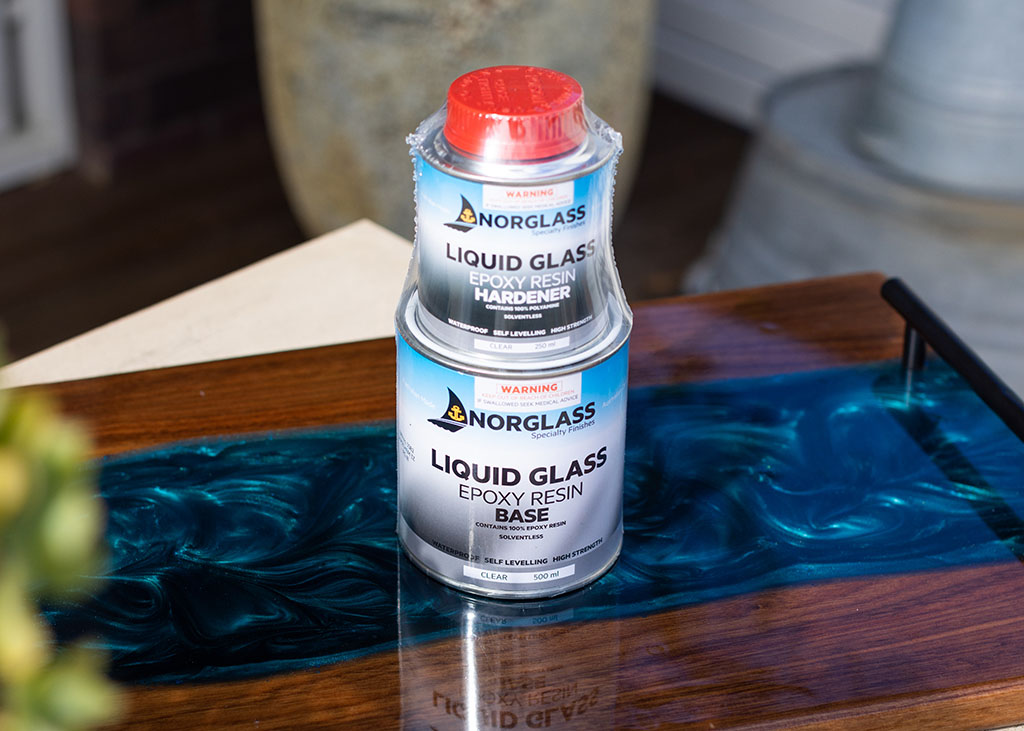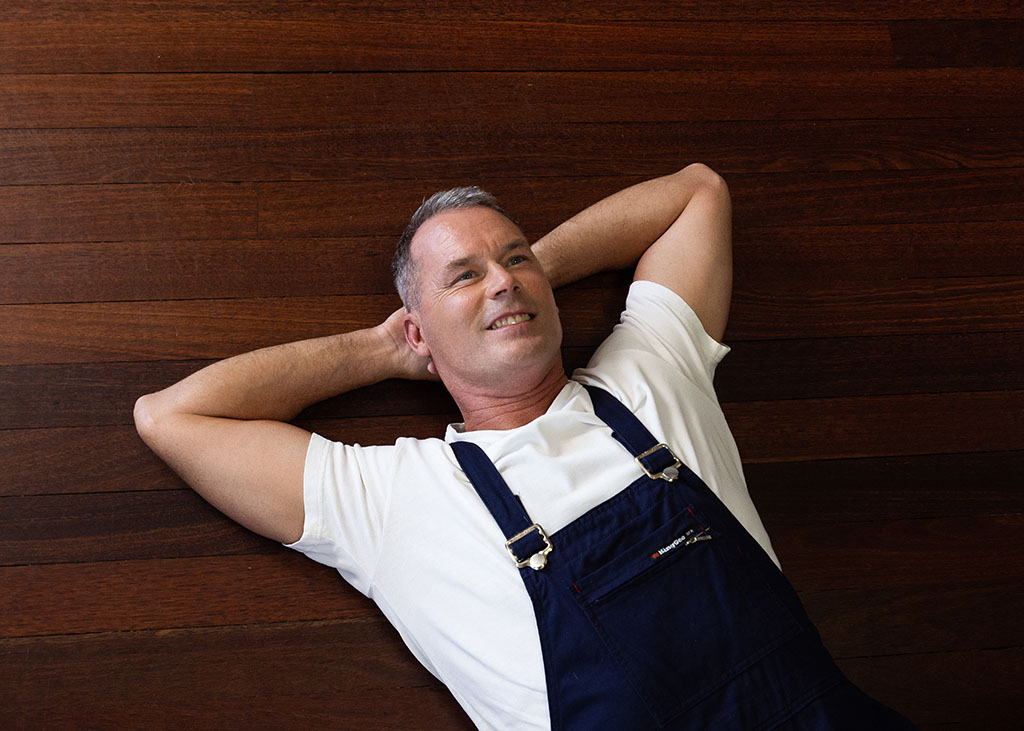DIY skills Understanding anti-fouling

In salt water there are teeming thousands upon thousands of small creatures swimming along or carried by currents upon spawning. In the food chain size is important. The larger the organism the smaller the number of predators.
However nature also provides some animals with the ability to feed while they are stationary, like mussels, oysters and barnacles for example. They feed by ingesting passing particles carried by currents and wave action. To resist the turbulence these animals have developed a highly sophisticated cementaceous adhesive which they use to anchor themselves to any surface. Just like the vacuum created by a rubber suction cup, but with a powerful glue. Once attached, these animals grow and propagate, creating colonies or clusters which in turn captures more passing food… and so on.
On a boat that is constantly in the water this creates a significant problem, because left untreated the rudder, propellers, prop shaft and other moving parts will quickly become so encrusted with growth that they will seize up and become inoperable. This growth also creates significant drag to a vessels movement, adding to fuel costs and restricting hull speed.
The solution?
Produce a paint coating that repels these organisms by creating a constantly toxic boundary layer of water next to the hull surface.
Get all the facts and solutions by downloading our guide.
